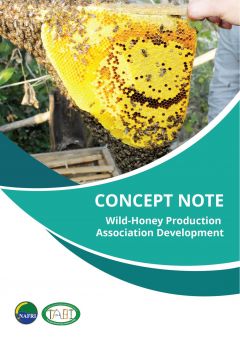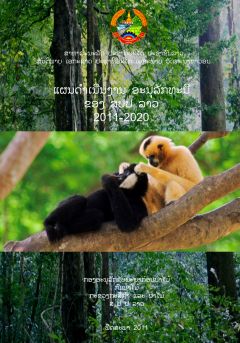Type: Special Reports
Agribusiness
Lao PDR
Why is Rai important in the Lao People's Democratic Republic?
Successful experiences and stories from government officials
Stories from young agri-entrepreneurs
ໃນເຂດອາຊີຕາເວນອອກສ່ຽງໃຕ້ສປປລາວ ແມ່ນຫນຶ່ງໃນບໍ່ຫຼາຍປະເທດທີ່ມີຊື່ສຽງທາງດ້ານຄວາມອຸດົມສົມບູນ ຂອງ ຊັບພະຍາກອນປ່າໄມ້ ແລະ ສັດປ່ານາໆພັນ. ຄວາມລືຊື່ດັ່ງກ່າວນັ້ນອາດເປັນພຽງແຕ່ຕໍານານ ຖ້າຫາກວ່າພວກເຮົາບໍ່ເລີ່ມ…
Throughout the upland areas of Lao PDR, broom grass production is a source of income for many families and also a source of animal feed. Broom…
Benzoin Laos (Styrax tonkinensis), is known in Laos as the “Ton Yarn”. It is a deciduous fast-growing tree that can reach 15–20 meters in height and a diameter of 30 cm or more found in upland…
Bamboo is an important biodiversity resource and is often perceived as the most economically important NTFP of Lao PDR. It is imperative for the livelihoods of rural communities (cash income, food…
Oranges contain an impressive diversity of essential nutrients including vitamins C, A and B-complex as well as minerals (Potassium and Calcium) essential for health and overall well-being The…
Because of rural local people have enormous volumes of indigenous knowledge that informs about fundamental aspects of day-to-day life and can play a significant role in education by directly…
Small-scale fisheries are very important in the northern part of Lao PDR, where rural people heavily depend upon the rivers’ fish stocks for…
In Xiengkhouang province, the “wild honey” produced by the Apis Cerena bee species is natural wild honey that has traditionally been harvested from both the wild forest and by beekeepers in the…












